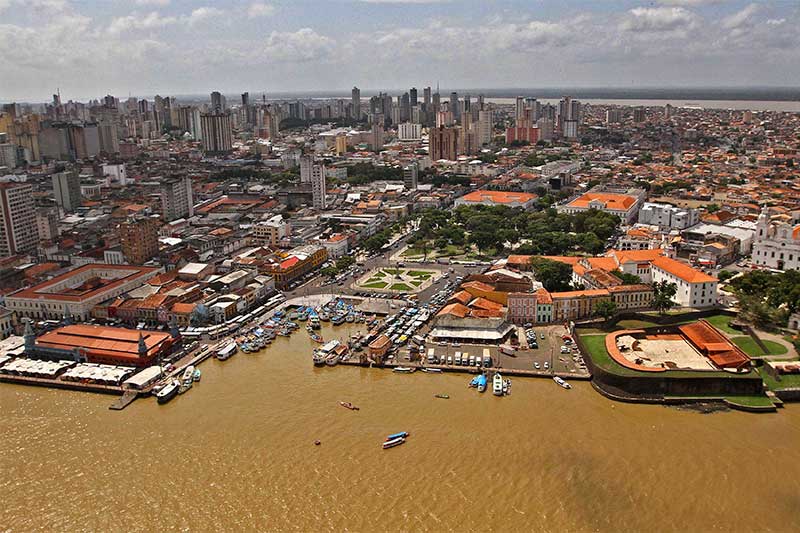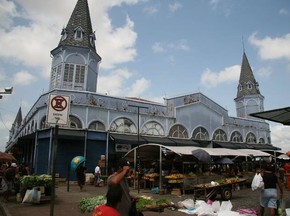



Photo: agenciaparaĭistant 50 Km of Belém do Pará, Mosqueiro is the portal of one of the prettiest freshwater beaches in Brazil. The name also applies to drum used in this dance style.The most extraordinary manifestation of artistic creativity of Pará people was created by the Tupinambá Indians who, according to historians, were endowed with an unusual artistic sense, coming to be considered in the tribe, as true demigods. Photo : planetwareĬarimbó it is a circle dance of the coast of Pará, Brazil. Close to the fort of Castelo is the site of the Feira do Açaí, a market supplied by boat with the fruits of the açaí palm, a common local tree, which are used in the making of ices and fruit drinks. Photo by Rui Santos via PanoramioĪçai berries. Maniçoba is often served in ceramic dishes, and can be eaten with rice or with manioc flour and capsicum.īelém, Icoaraci. But this first impression ends quickly, after you taste the dish with its seemingly awkward ingredients. Its preparation is time-consuming and its final appearance is quite surprising for those who have never tried it, due to the dark look of the cooked maniva (ground manioc leaves). "Maniçoba" is one of the highlights of the local cuisine. Found only in swamps, its well-tempered meat can be served in different forms: as a shell, the so-called unha (the claws) or toc-toc. Long prized by the local population, it recently it has also reached the national menu.įreshwater crab, a traditional local delicacy, is a very popular dish in the city's cuisine. Açaí, also known as Jussara, is purple in color with a delicious taste. Açaí is a palm tree with a long, thin stem. Its pulp is also extracted to make juices, candies, jellies, liquors, and ice cream. Cupuaçu is easily identified by its smell and sour taste and is highly appreciated by both locals and tourists. One such dish, "Cupuaçu", comes from the Cupuaçu tree, found in the Amazonian woods. The local Amerindian culture extracts colors, scents, flavors, and native tastes from nature to produce a rich and exotic cuisine, adding up to the most authentic of regional cuisines. This is a favourite amongst locals as well as international tourists. Interestingly, Belém has a huge Indian cuisine culture.


 0 kommentar(er)
0 kommentar(er)
